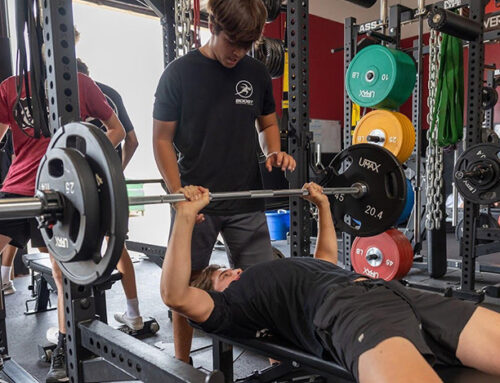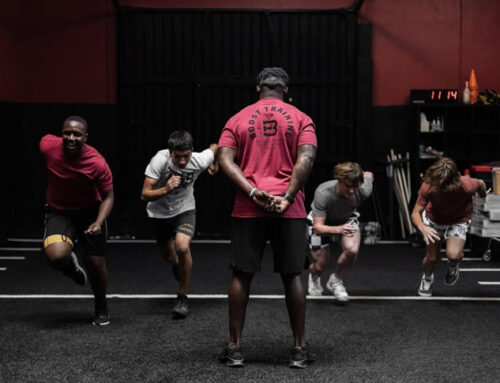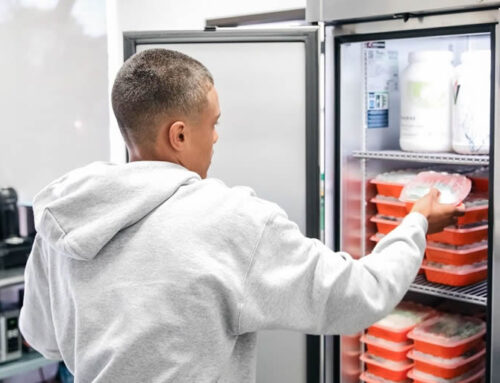In the competitive world of youth sports, there’s a growing trend toward early specialization, where young athletes focus intensively on a single sport from an early age. While this approach is often driven by the pursuit of scholarships, professional careers, or simply excelling in the sport, it comes with significant risks. Prioritizing strength and conditioning over early specialization can offer a more balanced and beneficial path for young athletes, fostering long-term success and overall well-being.
Early specialization involves dedicating a young athlete’s training and competition time predominantly to one sport, often excluding other physical activities. This approach is based on the belief that the more time invested in one sport, the greater the chances of achieving elite performance levels. However, research and expert opinions increasingly challenge this notion, highlighting the downsides of early specialization.
The Risks Involved with Early Specialization:
- Increased Injury Rates: Focusing on a single sport from a young age can lead to overuse injuries. Repetitive stress on the same muscles and joints without adequate rest and variation can cause chronic injuries, which may hinder long-term athletic development and lead to early burnout.
- Burnout and Mental Fatigue: The intense pressure to perform in one sport can lead to mental fatigue and burnout. Young athletes might lose interest and joy in the sport, resulting in a decline in performance and overall well-being.
- Limited Skill Development: Early specialization often means limited exposure to a variety of physical activities, which can hinder the development of a well-rounded athletic skill set. Skills like agility, coordination, and balance, which are crucial across various sports, might not be fully developed.
The Strength & Conditioning Benefit:
Prioritizing strength and conditioning over early specialization offers numerous benefits that contribute to the holistic development of young athletes.
- Injury Prevention: A well-rounded strength and conditioning program focuses on developing the entire body. This balanced approach helps prevent overuse injuries by ensuring that all muscle groups are strengthened and conditioned. It also promotes better joint stability and flexibility, reducing the risk of injuries.
- Enhanced Performance: Strength and conditioning improve overall athletic performance by increasing muscle strength, power, and endurance. These improvements translate across various sports, enabling young athletes to perform better regardless of the specific sport they choose to focus on later.
- Physical Literacy: Engaging in diverse physical activities through strength and conditioning enhances physical literacy, which is the ability to move confidently and efficiently in a wide range of physical activities. This foundation is crucial for excelling in any sport and for lifelong physical activity.
- Mental Resilience: A varied training regimen that includes strength and conditioning can help build mental resilience. It introduces young athletes to different challenges and stimuli, fostering adaptability and a positive attitude towards physical activity.
- Long-term Athletic Development: Strength and conditioning support long-term athletic development by allowing young athletes to grow and mature physically without the intense pressure of specializing too early. This approach promotes a lifelong love for physical activity and sports, which is beneficial for overall health and well-being.
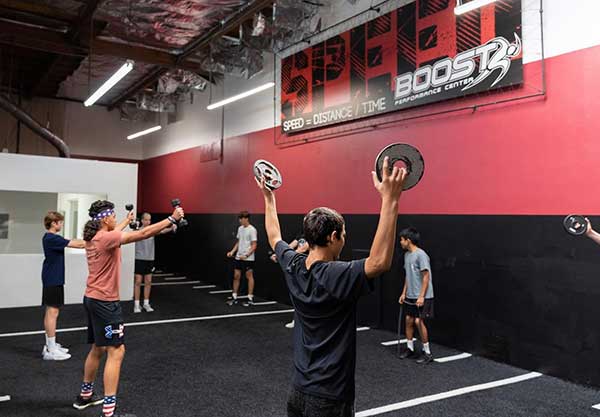
Top 3 Things Parents Should Focus On:
To ensure young athletes reap the benefits of strength and conditioning while avoiding the pitfalls of early specialization, a balanced approach is essential.
- Encourage Multi-sport Participation: Encourage young athletes to participate in multiple sports, especially during their formative years. This exposes them to different movements, skills, and experiences, contributing to a well-rounded athletic foundation.
- Focus on Fundamental Movement Skills: Emphasize the development of fundamental movement skills such as running, jumping, throwing, and catching. These skills form the basis for more complex sports-specific abilities and are critical for overall athletic development.
- Integrate Strength and Conditioning Programs: Incorporate age-appropriate strength and conditioning programs into young athletes’ training routines. Ensure these programs are designed to enhance overall fitness, prevent injuries, and promote healthy physical development.
Prioritizing strength and conditioning over early specialization provides a healthier, more sustainable path for young athletes. It enhances physical and mental resilience, prevents injuries, and supports long-term athletic development. By adopting a balanced approach that values diverse physical experiences and fundamental strength, we can help young athletes achieve their full potential while maintaining their love for sports and physical activity.
The Boost Alternative School for Student Athletes (BASS) is a private school sports academy located in Corona Ca that prioritizes long term athletic development. Strength and conditioning is the cornerstone of our program which aligns with our core belief that sports are a conduit to make kids better. For more information you can reach out using the link above or visit bassedu.org
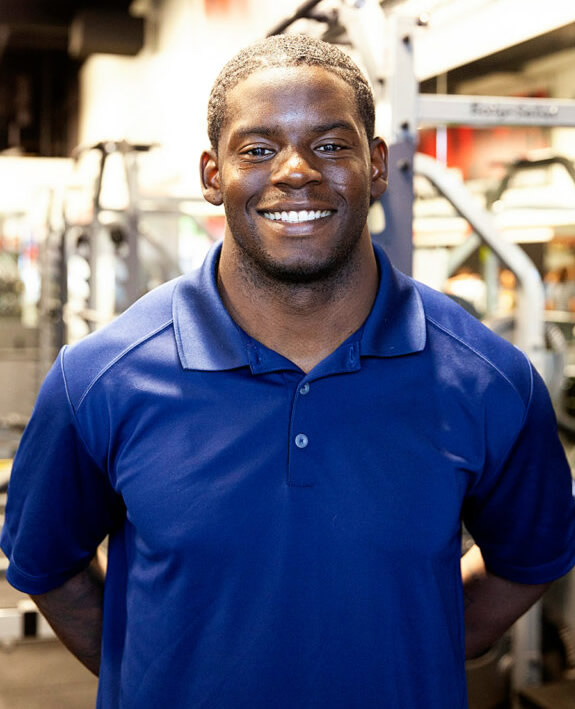
Owner, Boost Training Systems in Corona, CA
Level 1 & 2 Coach Bommarito Performance
CSCS, USAW




